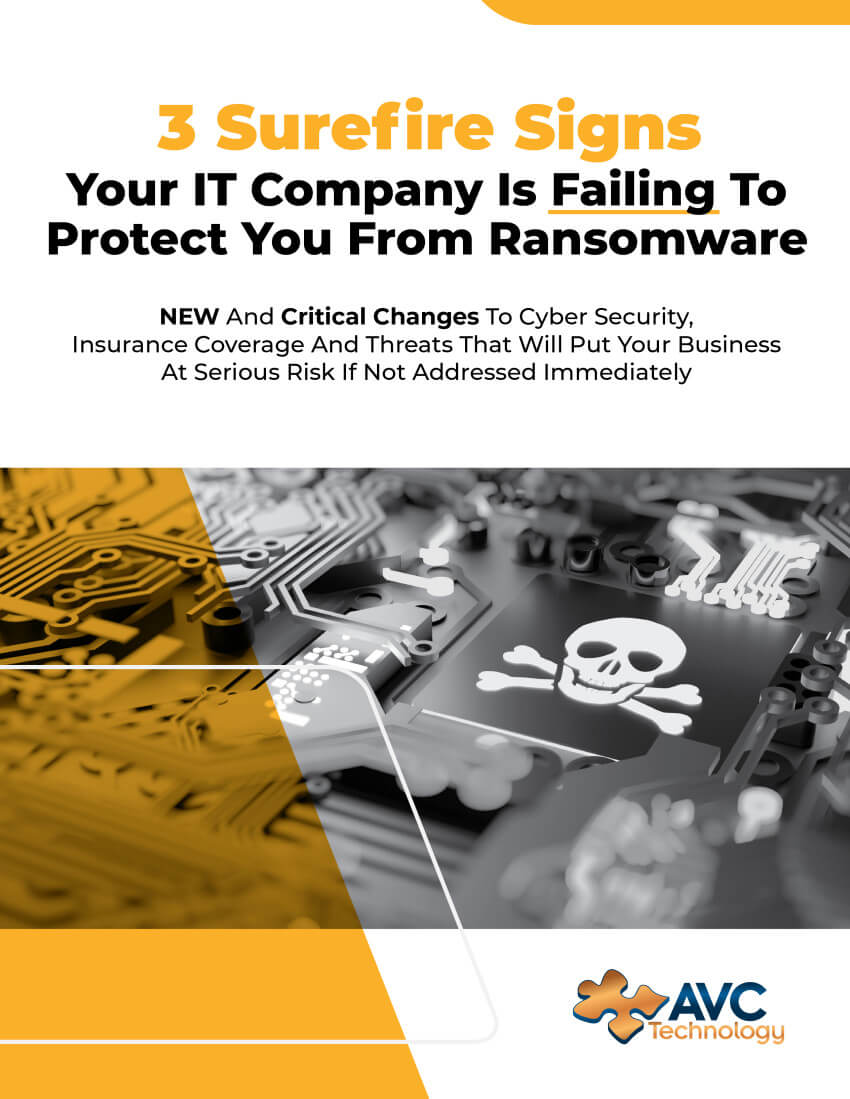 Why Compliance Can’t Be an Afterthought
Why Compliance Can’t Be an Afterthought
Many SMB owners wrongly assume that compliance is simply red tape: tedious, technical requirements with no real benefit. The reality is starkly different. Compliance is not about bureaucracy; it's about protecting your people, your clients, and your business itself.
The Expanding Reach of Regulations
Regulatory agencies like the Federal Trade Commission (FTC), industry watchdogs, and even insurance companies are now demanding businesses demonstrate robust protections. If your company processes credit card payments, handles sensitive customer data, or supports remote operations—you're already in the compliance zone.
These standards safeguard your business from:
- Costly data breaches
- Business interruption from system failures
- Reputational harm
- Legal action
Compliance blind spots mean you’re exposed without realizing it. The question isn’t if you’re at risk—it’s how much risk you’re carrying.
Three Major Compliance Gaps That Could Devastate Your Firm
1. Payment Security: PCI DSS Requirements
If you accept or process credit card payments, you must comply with the Payment Card Industry Data Security Standard (PCI DSS).
What’s required:
- Secure storage of cardholder data
- Firewalls and continuous network monitoring
- Data encryption
- Strong access controls
Why it matters: Noncompliance can trigger fines and major customer backlash.
2. FTC Safeguards Rule Compliance
Companies collecting financial data are expected to:
- Maintain a written security plan
- Appoint a cybersecurity leader
- Run regular risk assessments
- Use MFA and endpoint protection
Fines can reach $100,000 per incident. Read the FTC Guide
3. Operational Downtime Due to Poor IT Hygiene
This includes:
- Outdated systems
- Weak passwords
- No employee training
- No backups
Downtime can halt operations, delay delivery, and lose clients.
Case Study: One Click, Two Lost Clients
A mid-sized construction firm suffered a ransomware attack after an employee clicked a phishing link. With no backup or response plan, they faced:
- Weeks of project delays
- Loss of two major clients
- High recovery costs
A simple compliance plan could have prevented it all.
Five Steps to Eliminate Your Compliance Blind Spot
- Assess Your Risk – Identify vulnerabilities early.
- Secure Your Systems – MFA, firewalls, encryption, role-based access.
- Train Your People – Recognize phishing, use strong passwords.
- Develop a Tested Incident Response Plan – Know how to respond quickly.
- Partner with a Compliance-First IT Provider – Choose one that understands your industry.
Compliance Blind Spot FAQ
What is a compliance blind spot?
A hidden vulnerability in systems or policies that exposes your business to risks.
Isn’t compliance only for big corporations?
No. SMBs are frequent targets and face steep penalties.
What’s the fastest way to improve my compliance posture?
Start with a risk assessment and response plan.
The ROI of Proactive Compliance
- Reduced cyberattack risk
- Lower insurance premiums
- Fewer legal disputes
- Higher client confidence
- Increased operational uptime
Don’t Wait for a Breach to Get Serious
Get a free network compliance assessment to discover where your risks are and how to fix them.
Visit: www.avctechcorp.com/regulatorycompliance
Compliance is no longer a luxury—it’s your insurance policy against an unpredictable digital world.











